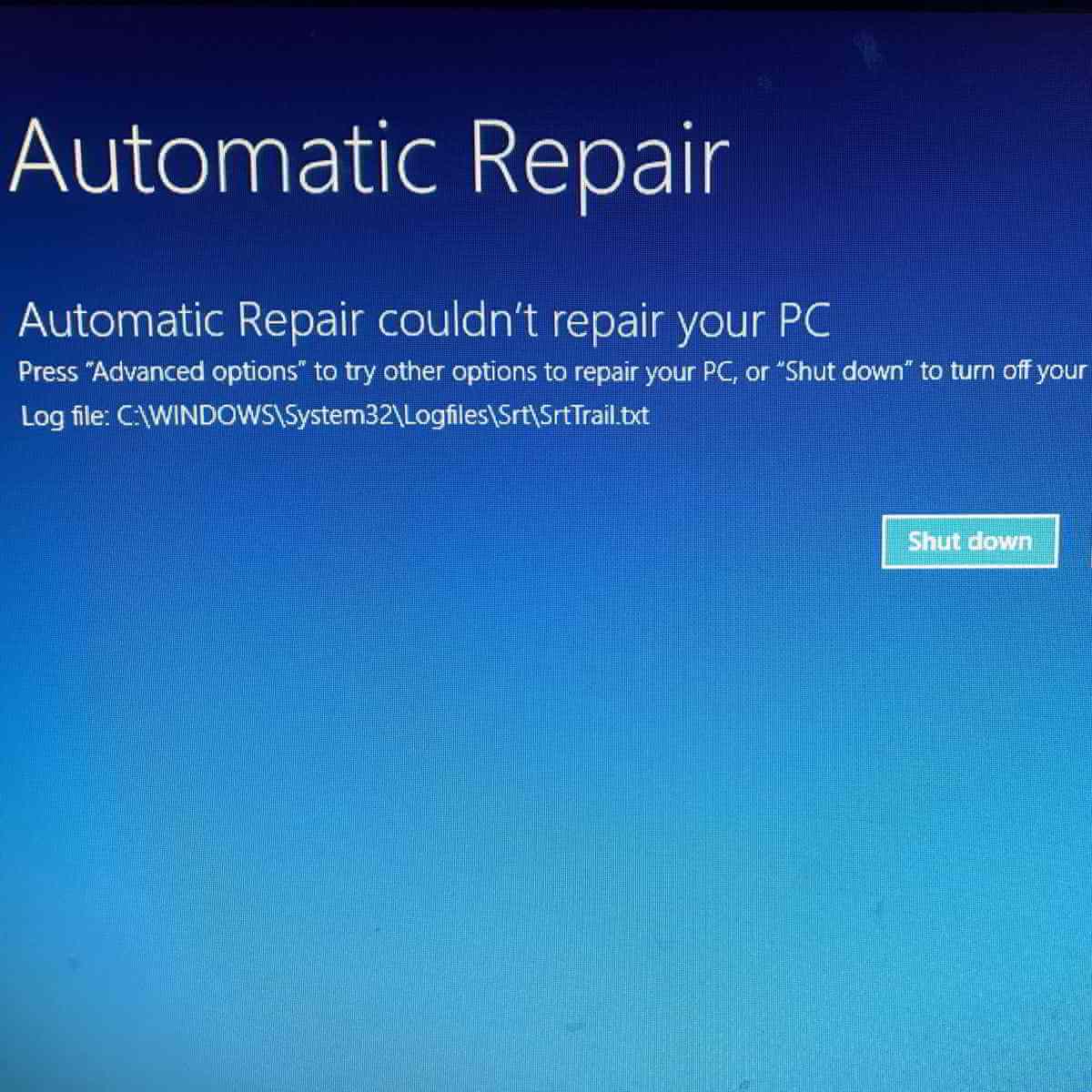

One the tools found on this screen is Startup Repair. After your system boots from the Recovery Drive and you follow the Troubleshoot>Advanced options path through the menu, you'll see the Advanced Options screen shown in Figure A. Running Startup Repair from the Recovery Drive is easy. Note: In a series of future articles, I'll continue my examination of the tools on the Recovery Drive and show you in detail how each tool works. In this article, I'll take a look at using Startup Repair from the Recovery Drive. If the startup problem is severe enough to prevent Startup Repair from launching on its own, you can launch it from the Windows 10 Recovery Drive. When a problem is detected, Startup Repair will launch an automated, diagnostics-based troubleshooter that doesn't require user intervention, and in many cases it will resuscitate an unbootable system. Like its predecessors, Startup Repair is designed to intercede at the first hint of an operating system startup problem. Windows 10 comes with a similar tool, also called Startup Repair. For example, in Windows NT we had the Emergency Recovery Utility, in Windows 2000 we had the Recovery Console, in Windows XP we had System Restore, in Windows 7 we had the Startup Repair Tool, and in Windows 8 we had Startup Repair. Fortunately, Microsoft has always provided us with special tools for fixing those problems. If you have been using Windows throughout its various versions, chances are you know from firsthand experience that startup problems with previous version of the Windows operating system occurred pretty regularly.


 0 kommentar(er)
0 kommentar(er)
